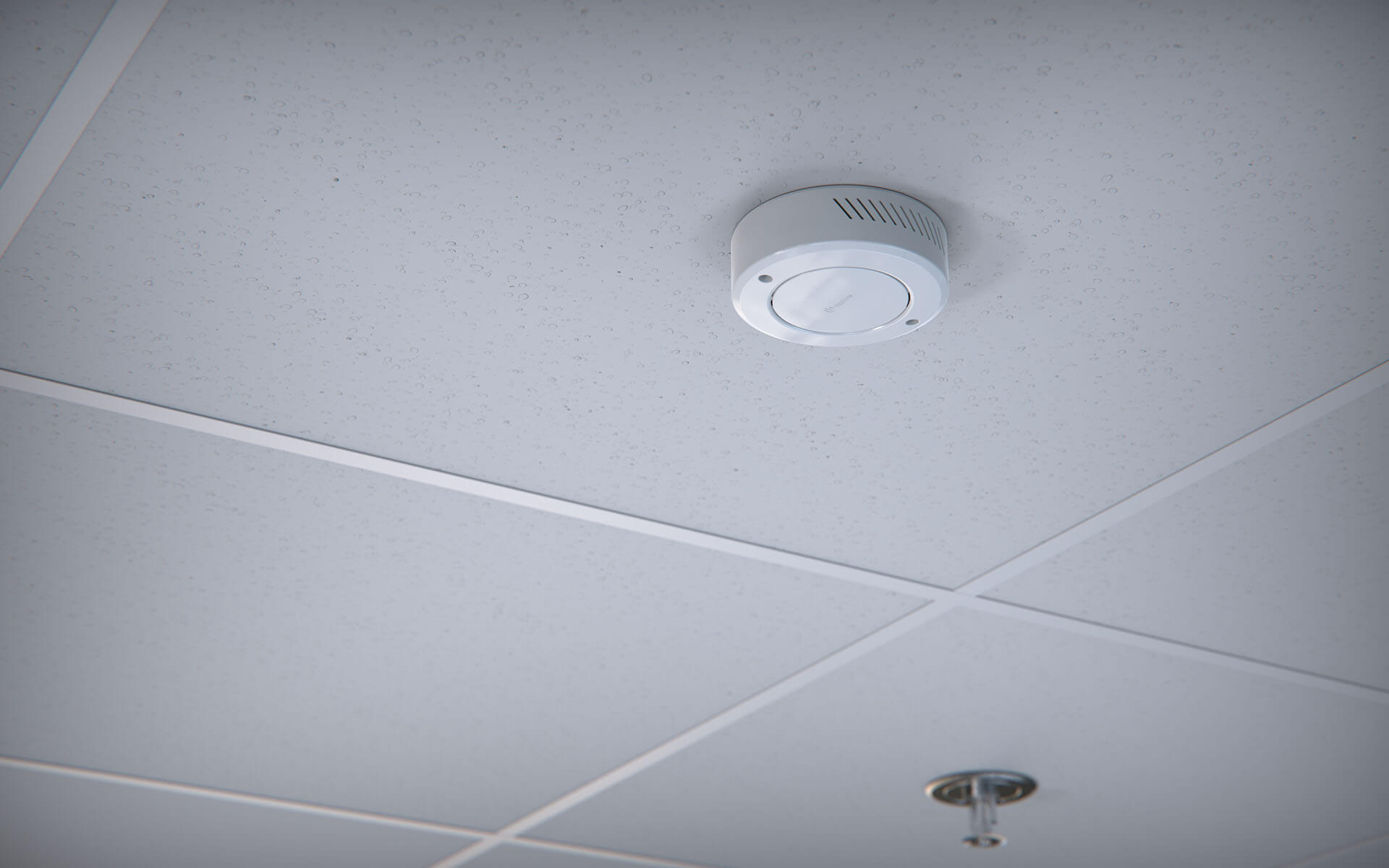In the quiet spaces of locker rooms, something threatening is happening often without a sound. Vaping among teens is no longer a discipline problem. It’s now a serious health problem that’s difficult to stop and detect. The new generation of Triton’s vape detectors don’t penalize but rather safeguard.
Unseen problem growing in plain view
Over the years, teachers have watched vaping quietly infiltrate schools. Students can vape without being detected using sleek devices that resemble USBs or pen pens. The worst part is that it’s no longer just nicotine. THC vaping is now a component of the equation. This could transform one’s bathroom time into a snoreful experience.

Image credit: tritonsensors.com
Some schools have even removed bathrooms, put in hallway monitors and have increased the amount of surveillance. These strategies work only up to a certain point. The real issue isn’t just finding someone who is in the act it’s identifying when and where the crime is taking place. This is precisely what a smoke detector for vape is made to do.
Smart Vape Detectors how they work
Unlike traditional smoke alarms, modern vape detectors in schools are built with special sensors that distinguish between vape aerosols and cigarettes smoke and marijuana vapors. They operate in the background, constantly monitoring the air for substances such as nicotine and THC. If vaping is detected at a school, an alert is sent via text, email or app to the staff. This allows for a discreet and quick response.
The modern systems go deeper. Advanced models monitor air quality trends and detect those who are loitering. They also assess the rate of occupancy. Certain models even have aggression detection or gunshot recognition, transforming them into full-spectrum safety tools.
Privacy, Not Policing
One of the most important aspects of Triton vape detector in schools is its ability to keep students safe without crossing the line into surveillance. These detectors do not record video or audio. They do not have hidden cameras or microphones. Instead they rely on data on air composition and movement analytics to ensure that privacy of students is maintained. They’re not just ethically sound, but also efficient which is a crucial aspect for administrators, teachers and parents.
Why schools are seeing results
The thing that makes this system truly useful isn’t only the detection it’s the transformation. Within the first few months of implementation, schools with these systems experience a substantial drop in vaping. Students who realize that vaping in isolated areas can be identified in real time begin to consider alternatives.
However, there are other benefits. With trend reports and heatmaps schools are able to get a precise image of the areas the areas where vaping is prevalent and when it’s most likely to happen. This allows for better resources and more relevant interventions. Instead of reacting after an issue explodes, teachers can now react while there is still in the form of a spark.
A Long-Term Investment in Student Wellbeing
Triton Vape Detectors have not been used in schools to detect students, but to guard them. It is about creating an environment that encourages a healthy lifestyle and where the air is healthy and a problem is dealt with in a timely manner. Students will feel safe. More than detectors, these devices represent an evolution in the way we think about school safety which values education more than punishment, and preventive over the reaction.
In a time where the threats students face are often invisibly, it’s high time that schools embraced tools designed to create the invisible visible and make every bathroom and hallway a space where health, dignity and security are paramount.